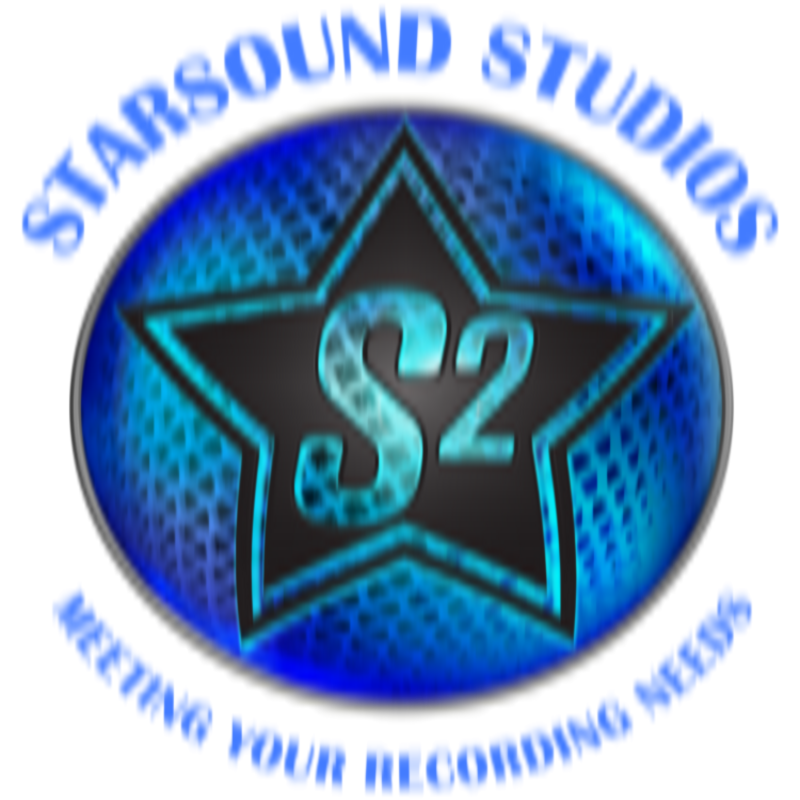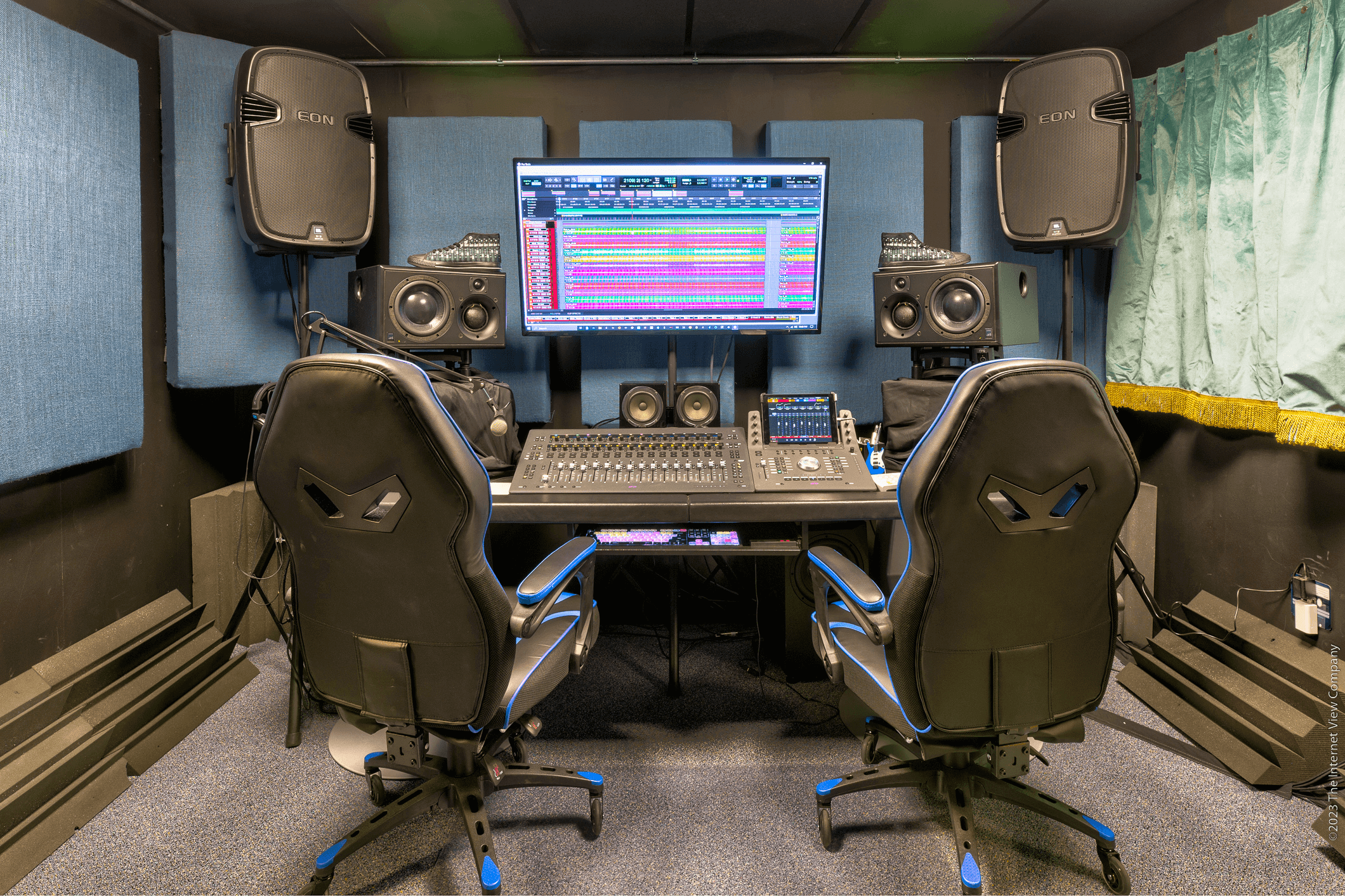Getting the Most Out of a High-End Recording Studio Session
Stepping into a high-end recording studio can be both exhilarating and a bit intimidating. With the right approach, however, you can ensure that you maximize your studio time, which means making the most of every minute to create your best work. Here are some tips to help you achieve this goal in your recording session, whether you're a seasoned pro or a first-time artist.
1. Preparation Is Key
Before you even set foot in the studio, take the time to prepare thoroughly. Rehearse your music until you know it inside out, and ensure all your gear is in perfect working order. This maintenance involves checking your instruments, tuning them, and ensuring all electronics are functioning well. It might also be a good idea to bring backup strings, sticks, and picks. The more prepared you are, the smoother your session will go. Consider creating a checklist to ensure you don't overlook anything.
A critical aspect of preparation is understanding the studio's capabilities. High-end recording studios often have state-of-the-art equipment that can elevate your sound to new levels. Familiarizing yourself with the gear available can help streamline your setup process and ensure that you're ready to go when studio time starts ticking. Contact the studio beforehand if you're unsure about any equipment, so there are no surprises on the day of your session.
2. Have a Clear Vision
Know what you want to achieve in your session. Whether it's capturing a specific sound or emotion, having a clear vision will help guide your time in the studio effectively. Start by setting specific goals for each track. Are you aiming for a radio hit, or is this a deep cut meant to explore new styles? This clarity will not only direct your artistic process but also inform your technical choices, from instrument selection to mixing styles.
Consider creating a storyboard for your music, outlining scenes or emotions you wish to convey through each track. This emotion can act as a potent guidepost, assisting you as you navigate through the various stages of production. Additionally, having reference tracks can help your engineer better understand your artistic direction, enabling a smoother collaboration.
3. Communicate with Your Engineer
Your studio engineer is an essential part of your session. Communicate your goals clearly, and don't hesitate to ask for their input on how to achieve the best sound. Engineers are often experienced musicians and producers themselves, with a wealth of knowledge about what works well in different scenarios.
Approach the session as a collaborative effort. Open a dialogue with your engineer from the start, setting the tone for mutual respect and input. Be receptive to their suggestions; sometimes, a fresh perspective can offer solutions and enhancements you hadn't considered. This collaborative synergy can produce truly extraordinary results that elevate your music beyond initial expectations.
4. Take Breaks to Maintain Focus
Long studio sessions can be draining. Take planned breaks to keep your energy levels up and maintain your focus throughout the recording process. Walk outside for a few minutes, grab a quick snack, or drink some water. These breaks aren't just beneficial to your physical well-being; they allow your mind to reset, which can lead to heightened creativity and productivity when you return to work.
Implementing a schedule with paced intervals, such as a 50-minute work session followed by a 10-minute break, might serve you well. It ensures that you don't burn out mid-session and helps in maintaining a consistent level of high-quality output. Planning these breaks as part of your routine can help maintain momentum and prevent the fatigue that might compromise the quality of your work.
5. Experiment with Different Setups
High-end studios offer a variety of equipment and acoustic settings. Don't be afraid to experiment with different microphone placements and gear to find unique sounds. Each piece of equipment has its characteristics, and subtle tweaks can significantly alter your sound.
Consider exploring spatial setups, like different room microphones or alternative singer-instrument arrangements, to add new dimensions to your sound. High-end studios are an audio playground with endless potential for creativity. By testing unconventional methods or equipment, you might stumble upon a signature sound that defines your work.
6. Stay Open to Collaboration
Collaboration can open new creative avenues. Be open to suggestions from others and consider inviting fellow musicians to contribute to your session. An extra set of ears can offer invaluable insights. It may help you hear something fresh that you hadn't considered before.
Think about the possible dynamics of different collaborators within your session. For example, inviting a local artist or a friend who plays a unique instrument could enrich your music with diverse tones and styles. Reach out to artists whose work you admire or seem like-minded, as this can lead to organic partnerships that yield compelling musical masterpieces.
7. Listen Critically to Playbacks
After recording a take, listen to the playback critically. This playback will help you identify areas for improvement and ensure that you are satisfied with the final product. Pay attention to the nuances, the emotional execution, and the technical aspects. This step is crucial in the post-production phase, as it lays the groundwork for mixing and mastering.
A reflective pause after listening can be insightful. Jot down notes on what stood out positively and any issues that need resolving or polishing. This reflective process not only fosters growth but also enhances the quality of each subsequent recording "take" by focusing on areas that need improvement while celebrating the aspects you achieved well.
8. Capture Everything and Decide Later
Record more takes than you think you need. This multiple-take philosophy gives you plenty of options to choose from during the editing process, allowing you to piece together the best version of your track. It's far easier to delete surplus tracks than to regret missing something they could have captured.
Leverage the versatility of recording technology to create variations of your work without the pressure of perfection on the initial takes. Multiple attempts also reduce performance anxiety and foster a creative environment where mistakes can become serendipitous innovations. During the editing phase, the engineer can then organize these options into a cohesive and well-defined track.

